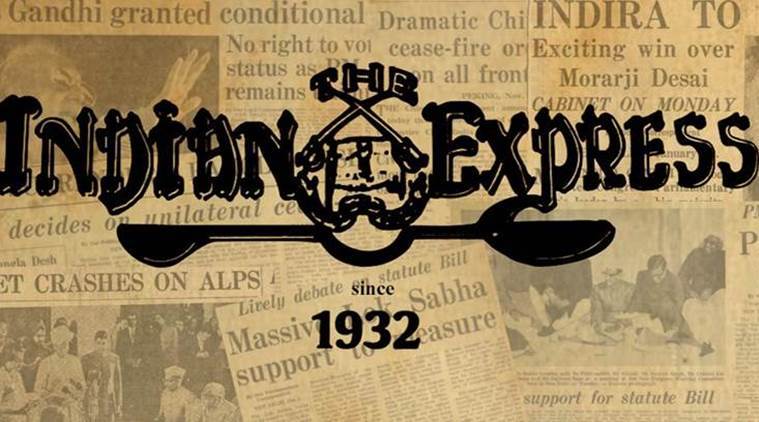 Namami Gange, in fact, has been dogged by the failing of other Ganga clean-up projects — the gap between intention and implementation.
Namami Gange, in fact, has been dogged by the failing of other Ganga clean-up projects — the gap between intention and implementation.
In May, Union Water Resources Minister Nitin Gadkari announced that the government will “try to ensure” a 70-80 per cent improvement in the Ganga’s water quality by March 2019. The water resources ministry, it seems, is now taking desperate, rather than sensible, measures to meet that deadline. If it has its way, a host of activities that impact the Ganga will be deemed illegal. These include construction activities that obstruct the river, withdrawal of groundwater for commercial or industrial purposes, commercial fishing and discharging of sewage into the the river. The ministry has drafted a bill which prescribes a slew of penal provisions — including fines and imprisonment — to curb these activities. The draft also envisages a Ganga Protection Corps “to arrest those who pollute the river”. Such reliance on punitive measures is a disturbing climbdown from the government’s Namami Gange project in more ways than one.
Namami Gange recognises that the key to reviving the river lies in a robust sewage infrastructure. The programme that took off two years ago ticked several boxes about the river’s ecology. It had projects to develop interceptor drains, plant trees and improve the river’s species composition. More importantly, the project accepted that its success hinged on the support of the people, whose activities impact the Ganga. In May, the Water Resources Minister talked of the government’s resolve to attain synergy between ecology and development. He also talked of plans to link the livelihood needs of local communities with efforts to clean the Ganga. This dovetailed with the Ministry’s project to create a cadre of village and town-level volunteers who would help panchayat, municipal and other local bodies to monitor the quality of the Ganga’s water.
There has been very little, however, by way of giving effect to these plans to ensure people’s participation. The Namami Gange website talks of awareness campaigns to curb pollution of the river. But it has nothing on the successes or failures of these projects. Namami Gange, in fact, has been dogged by the failing of other Ganga clean-up projects — the gap between intention and implementation. Till March, the water resources ministry had spent barely a fifth of the Rs 20,000 crore allocated for the project. In July, the National Green Tribunal pulled up the government for “tardy progress” on the Clean Ganga Mission. Even then, the government would do well to remember that it does have a lot of the basics in place. There is no reason for a law heavy on punitive measures to clean the Ganga.